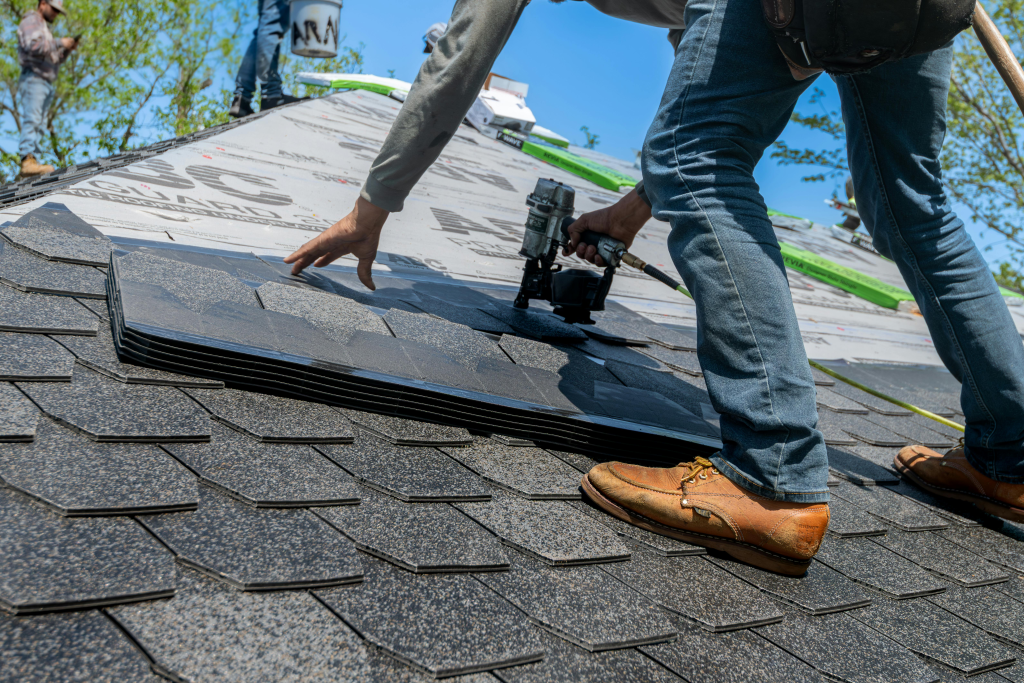
It begins with a jarring fact: the typical roofing technician is more than 50 years old, and retirements are surpassing new hires so rapidly that some contractors are declining work they can’t cover. The statistics aren’t just dire they’re existential. The Associated Builders and Contractors project the construction industry will have to recruit 439,000 net new employees in 2025 in order to keep up with demand. For roofing, the deficit increases by the month.

1. The College Default Problem
Despite mounting evidence that skilled trades offer strong earning potential without the debt burden, 75% of Gen Z still plan to attend a four-year college</b. Harris Poll data shows only 38% of them believe trades offer the best job opportunities, compared to 59% of Boomers. “We’re at a crossroads,” said Sam Pillar, CEO of Jobber. “Gen Z enters the workforce when costs are going up, job security is dwindling, and automation is moving fast. Nevertheless, in spite of these disadvantages, many too are defaulting to college.” Schools reinforce the cultural pressure towards degrees, where 76% of Gen Z remember college being aggressively advertised, yet only 31% remember trade school being promoted.

2. Why Gen Z Walks Away
Gen Z’s motivations cut more deeply than older generations. McKinsey studies indicate they list compensation sixth, behind psychological safety, respect, and work that is significant. Michael Feazel, Roof Maxx CEO, put it this way: “Flexibility, purpose, and work-life balance are nearly as important (if not more so for some) as the paycheck.” They will leave jobs that don’t fit much like a 23-year-old in a case study who quit her first job after two weeks when the culture was toxic, going on to flourish in a workplace where leaders “speak to me as a human being.”

3. Stigma and Misrepresentation
Stigma against vocational routes remains deep-seated. Jobber’s poll discovered 74% of Gen Z view stigma in the decision to attend trade school versus university, and 79% indicate parents would rather they attend college. Portrayals in the media exacerbate the issue, with 35% of students naming TV and film as having an influence most often portraying tradespeople as “incompetent, unhealthy or unhappy.” Such messaging dissuades women in general; 58% of Gen Z think women are discriminated against more in trades, with 68% of women holding this view versus 47% of men.

4. The Automation Advantage
Quite ironically, the trades in question are some of the most resistant to automation. A Microsoft analysis found roofers, electricians, and heavy equipment operators among the 40 least vulnerable occupations. Mike Rowe summed it up: “AI’s coming for the coders. They’re not coming for the welders. They’re not coming for the plumbers.” As AI reshapes the economy, the infrastructure it depends on data centers, electrical grids, HVAC systems requires human hands. Roofing’s resistance to automation is an advertising advantage that must be placed front and center in hiring.

5. What Gen Z Wants in a Workplace
Gen Z is looking for authenticity, belonging, and alignment with values. They need leaders who care, opportunities for growth, and work that supports a greater purpose. Psychological safety Harvard’s Amy Edmondson describes it as an environment in which people feel free to take risks without fear of backlash is a leading retention driver. Organisational psychologist Stavy Papasotiriou insists that “teams with high levels of psychological safety perform better, innovate more, and are more resilient.” Roofing companies that are able to provide respect, trust, and opportunity will enjoy competitive advantage.

6. Overcoming Financial Obstacles
Training expense discourages 38% of prospective entrants, but 85% indicate that they would “definitely” seek trades if funding was assured. Tuition subsidies, compensated apprenticeships, and liaison agreements with vocational schools can eliminate the roadblock. Some producers are already providing facility visits, workshops, and in-demand classes in welding and machine technologies to generate awareness. Roofing companies can copy these models of outreach.

7. Recruitment Strategies That Work
Effective Gen Z integration into trades tends to begin early. Partnerships with community colleges and high schools, day-long skill sessions, and public role models particularly from underserved populations are effective. The Ready to Hire study discovered 70% of Gen Z are “extremely likely” to enter programs that provide paid training that leads directly to a job. Clear career paths and certifications must be included in every presentation.

8. Building a Gen Z-Friendly Culture
To win over and keep Gen Z, roofing businesses need to meet the concerns of workplace stress. A 2024 Deloitte survey reported that 46% of Gen Z report feeling anxious or stressed most of the time. Leaders can push back on this by leading open dialogue, providing mental health support, mixing remote and in-office work, and demonstrating healthy boundaries. Values-based cultures with robust diversity, equity, and inclusion programs speak strongly to this generation.

The shortage of workers is not a looming possibility it’s today’s operational reality. The survival of roofing depends on rewriting the trade as a meaningful, future-facing career that engages Gen Z where they are: looking for meaning, safety, and respect equal to a salary.


